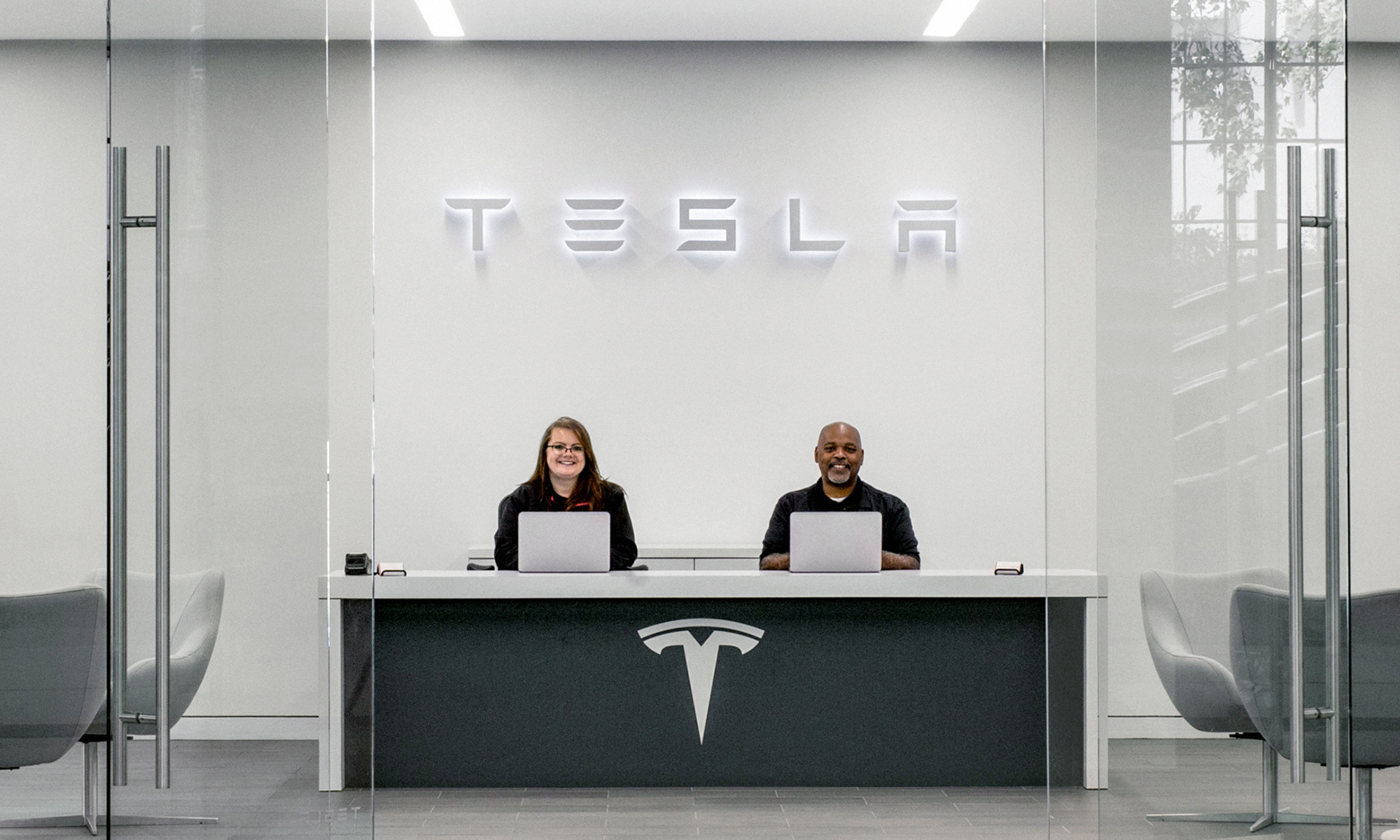Tesla's (TSLA 1.02%) fourth-quarter report delivered financial results ahead of expectations. But despite reporting better-than-expected revenue and a narrower-than-expected loss per share, Tesla still failed to give shareholders a boost of confidence in its aggressive production plans for the Model 3.
The electric-car company's production targets are so ambitious that they're hard to believe. For instance, even after only producing 2,520 Model 3 units in its fourth quarter, management forecasted it will be producing 2,500 Model 3s per week by the end of Q1. Further, by the end of Q2, Tesla said it expects to produce 5,000 Model 3 cars per week.

Model X. Image source: Tesla.
Tesla's fourth-quarter shareholder letter provided some insight into how the automaker plans to execute its ambitious growth plans, including management's expectation for getting to regular operating income at some point in 2018 and a look at the extraordinary customer demand for Model 3. But questions remained.
Fortunately, Tesla's conference call provided a bit more context.
Model 3 production: getting to 2,500 units a week
One statement during Tesla's earnings call about its aggressive 2,500 unit weekly production target was initially concerning. But clarification a few days later transformed the statement into a reason for investors to be optimistic about Tesla's chance of hitting this important milestone by the end of the quarter.
Talking about its efforts to improve the capacity of its automated battery module manufacturing equipment, Tesla CEO Elon Musk said:
[We] expect the new automated lines to arrive next month in March. And then it's already working in Germany so that's going to be disassembled, brought out to the Gigafactory and reassembled and then go into operation at the Gigafactory. It's not a question whether it works or not. It's just a question of disassembly, transport and reassembly. So we expect to alleviate that constraint. With alleviating that constraint, that's what gets us to the roughly 2,000 to 2,500 unit per week production rate.
This sparked some confusion, causing investors to wonder if Tesla was as sure as it said it was in its shareholder letter about hitting a weekly production rate of 2,500 Model 3s by the end of the quarter. After all, Tesla shouldn't be making an official forecast based on equipment that is still in Germany.
But a Tesla SEC filing after the earnings call provided context on the statement:
"The '2,000 to 2,500' units per week cited in this comment refers solely to the capacity of the additional automated battery module manufacturing equipment that is currently located in Germany," Tesla explained, "and not to Tesla's total Model 3 production run rate or to the capacity of the automated battery module equipment that is already present at Gigafactory 1."
Tesla went on to note that hitting its target of 2,500 units per week is not dependent on this additional equipment, but on equipment already installed at the Gigafactory and the "incremental capacity that is currently being added through the semi-automated lines that were also discussed during the conference call."
What about that coast-to-coast autonomous drive?
When Tesla started including the hardware in its vehicles to help power a yet-to-be-released software update for a self-driving mode, management had promised to demonstrate one of its vehicles driving across the country autonomously by the end of 2017. But the end of 2017 came and went.
During its fourth-quarter earnings call, Tesla said its efforts to build its self-driving technology were put on the back burner as Model 3 production proved more difficult than anticipated. As a result, Tesla is now aiming for a coast-to-coast drive "in 3 months, 6 months at the upside," Musk said.
Still aiming for 1 million units annually by 2020
Initially aiming to hit a weekly production rate for the Model 3 of 5,000 units by the end of 2017, Tesla is essentially running six months behind on its initial Model 3 production ramp. But this doesn't have Tesla backing down on its longer-term production targets.
Robert Baird Analyst Tyler Frank: Is that 1 million unit target [for 2020] still in play?
Elon Musk: Yes.
Musk explained that he believes the company's upcoming Model Y, an all-electric SUV that will be priced similar to the Model 3 and be smaller than the Model X, could eventually do 1 million units annually on its own.

Image source: author.
Investors should view these forward-looking statements skeptically. Since the Model 3's launch, Tesla has repeatedly missed targets for the important vehicle. Further, the production levels Tesla is aiming for are unprecedented for the company; in 2017, Tesla's vehicle production was only just above 100,000 units.
It's good to know that Tesla isn't delaying its Model 3 production targets for a third time. But investors should look for the electric-car maker to meet a few of its near-term targets before giving weight to Tesla's bolder projections.






